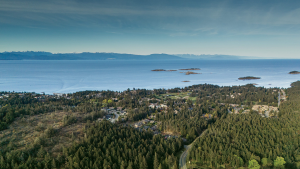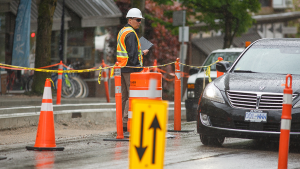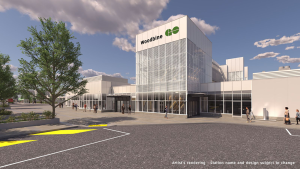The federal government recently announced that it is investing $7 billion over the next 10 years to improve water and wastewater infrastructure on First Nations reserves in Canada.
The expenditure announced in the budget is a big increase on the $330.8 million over two years that was announced in the 2012 budget.
Aboriginal Affairs and Northern Development Canada (AANDC) said it will give priority to high and medium-risk systems in more than 50 First Nation communities, including: Canoe Lake, Saskatchewan; Tallcree First Nation, Alberta; and Nazko First Nation in B.C.
The funding will go to capital investment, operation and maintenance, as well as training.
Both spending initiatives follow the 2011 National Assessment of Water and Wastewater Systems in First Nation Communities.
The National Assessment surveyed the water and wastewater systems of 97 per cent of First Nation communities in Canada, based on site visits to 571 participating First Nations.
The government said the assessment provides AANDC and First Nations with a comprehensive and detailed account of water and wastewater systems on reserves.
B.C. Construction Association president Manley McLachlan said his association supports the plan.
“It’s no secret that there is a significant need for investment here, both from a public health perspective and an economic one,” he said.
McLachlan added that the water infrastructure program faces some significant challenges.
“Remote access challenges aren’t exclusive to First Nations areas, but there’s no getting around the fact that locations can often be difficult to access and that this adds to costs,” he said.
“Making sure that people, right in the communities, have the skills to maintain and operate the systems is an important part of the solution.”
There are considerable differences between the installation and operation of water and wastewater systems in urban and suburban municipalities compared to First Nations reserves.
The reserves have to contend with operational and funding challenges that are largely unknown in the big city.
Irfan Gehlen, water treatment lead at Kerr Wood Leidal (KWL) consulting engineers, said the main difference between small, rural First Nations water infrastructure and its non-First Nations equivalent is that First Nations have to deal with more layers of government in order to have projects approved and funded.
They often do not have the same level of system operational expertise on hand.
“In addition, municipalities have easier access to funding, and are accountable to the local health authority, whereas First Nations have to wait for funding from the federal government and are accountable to AANDC and Health Canada,” he said.
Jack Touhey, vice president, public and government affairs of Corix Group, a water products, systems and utilities company, said most First Nations water and wastewater systems are considerably smaller than their municipal equivalents because they serve much smaller populations.
“Small systems are more expensive on a per capita basis than larger systems because the fixed costs are about the same in both cases,” he said.
One of the challenges that many First Nations communities face is that they are often located in remote areas, where it is difficult to find trades people to install the system.
However, Corix builds, transports and installs fully modular plants.
“The advantage of modular systems is that they get around the problem of sourcing tradespeople,” Touhey said.
The plug-and-play modules are built in Corix’s plant in Langley or by a contractor in Edmonton.
They are shipped by truck and barge, and then hooked up to the electricity in the community.
KWL water supply and treatment sector leader Mike Nolan said bands are responsible for hiring their own water system operators.
They can take advantage of AANDC’s Circuit Rider Training Program (CRTP), which provides First Nations operators with hands-on, on-site training and mentoring on how to operate their drinking water and wastewater systems.
The program provides qualified experts, who rotate through a circuit of First Nation communities, providing training and mentoring for the on-reserve operators on their own systems.
Circuit Rider Trainers (CRTs) also help First Nations with minor troubles and issues related to the operation and maintenance of their systems.
The program is offered to all First Nation communities across Canada.
In addition, CRTs support 24-hour hotlines, which operators can use for advice during normal operations, as well as during emergencies.












Recent Comments
comments for this post are closed